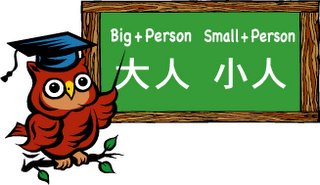
Somewhere between the cold Siberian winds of winter, and the Amazon jungle -like humidity of summer, comes a pleasant time called "Haru", which is the Japanese word for "Spring". Around the middle of March, amongst the commuting business men, tired students and the cast of neighborhood characters, there is a certain look in their faces. All are anticipating the arrival of the "Superstar of Spring". The celebrity of which I speak is not a movie star, or even a rock star. The celebrity of whom I speak is... The Japanese Cherry blossom, and the show is about to begin! From early March to the end of April, the cherry blossoms bloom, transforming the landscape of Japan into a fantasy world of pink and white flowers. People take time from their busy lives to go "cherry blossom viewing" called " Hanami". To enjoy "Hanami", you will need a few things: a plastic sheet to sit on, food and alcohol. If you happen to be a new employee of a company ,you may be chosen to stake out the best spot to view the show until the "groupies" come. In the evening, there is even a light show and food stands in case you get the munchies. The performance only last for two weeks, when the blossoms are dispersed by the wind and are replaced by green leaves. Admission is free. Rock and Roll!!

